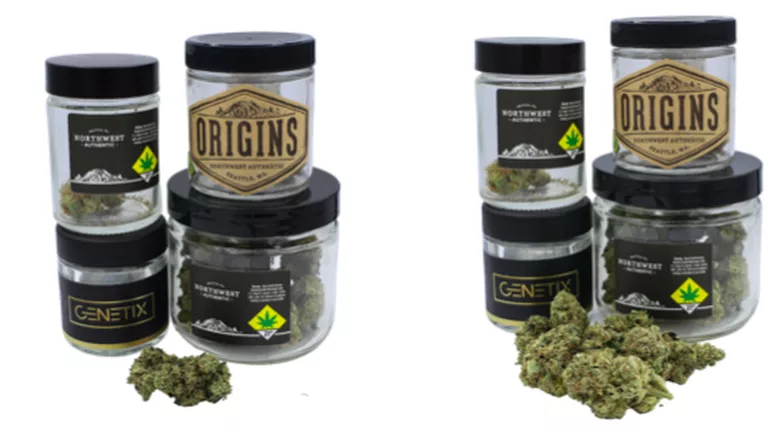
CANNABIS 101: A BEGINNER'S GUIDE
If you’re new to cannabis don’t worry – everyone has to start somewhere. We created this blog to explain the basics and educate you on all things marijuana. Keep reading to learn more about terms, why it’s used, different strains and more.
TERMS TO KNOW
Cannabis: A tall plant with a stiff upright stem, divided serrated leaves, and glandular hairs. It is used to produce hemp fiber and as a psychotropic drug in extract, ingestible, or smokable.
Marijuana: A dried preparation of leaves and female flowers of the cannabis plant. Used as a psychotropic and anti-inflammatory drug.
Cannabinoids: The chemical compounds that are the active principles of marijuana. Naturally occurring in plants, animals, and humans; isolated from marijuana alone are at least 85 known cannabinoids, the most well-known being THC (the psychoactive compound we know and love) and CBD (the non-psychoactive compound).
Terpenes: Terpenes are responsible for the aroma and flavors of cannabis, and influence its effects by interacting with cannabinoids.
STRAINS
Cannabis plants come in two main classifications: Sativa and Indica. The first thing a new user should do is decide which of the two they prefer.
Indica plants produce marijuana strains that give you a deep body high, often making you sleepy or “couch-locked”. Indica strains are used by many to help with soreness, anxiousness, and trouble sleeping.
Sativa plants produce marijuana strains that give you a creative and uplifting “mind high”. Sativa strains are used to aid in sadness and can be helpful at providing energy and focus.
Hybrids of the two plants create strains that combine benefits of both classifications and are directly influenced by the individual genetics of the plant. The resulting amount of choice is incredible. Hybrid strains have the following categories:
Indica Dominant plants work well for treating daytime pain.
Even Hybrid strains that have an equal 50/50 balance between a cerebral and body relaxing high.
Sativa Dominant strains boost focus and creativity without putting you to sleep. They are very energizing in nature.
HOW TO LEGALLY PURCHASE CANNABIS
To legally obtain weed in the U.S., you must be over 21 and have valid identification to be able to purchase at a recreational dispensary. States that have legalized recreational dispensaries as of November 2020 include: Alaska, California, Colorado, Illinois, Maine, Michigan, Nevada, Oregon, Rhode Island, Vermont and Washington.
In states where weed is legalized for medical use, you must obtain a medical marijuana card before purchasing. This involves applying, fees, a doctor's visit and about a month waiting time.
States that have legalized medical dispensaries as of November 2020 include: Arkansas, Arizona, Connecticut, Delaware, Florida, Hawaii, Louisiana, Maryland, Massachusetts, Minnesota, Missouri, Montana, New Jersey, New Mexico, New York, North Dakota, Ohio, Oklahoma, Pennsylvania, Rhode Island, Utah, Washington DC and West Virginia.
HOW TO CONSUME CANNABIS
There are multiple ways to consume cannabis including: smoking, vaping, using topicals and consuming edibles. The most popular method with the easiest self-dosage control is to smoke it. You can smoke weed in a joint, a blunt, a pipe or a bong.
In addition, vaporizers are a healthy alternative to smoking, as are tinctures and edibles. Be sure when purchasing cannabis to avoid fake products by using our tips.
HOW MUCH SHOULD YOU BUY?

For beginners, our team recommends purchasing a gram or an eighth of weed. This will be enough for a few blunts, a handful of joints and some bowls. If you are unfamiliar with cannabis measurements, the blog we linked to on how much an 8th of weed explains the pricing, measurements and how much you can consume based on the amount of cannabis.
For the best cannabis strains for beginners, take a look at our Lifestyle Spectrum and menu. Stop by a top-rated dispensary near you to meet with a cannabis guide that will help you find the perfect product and answer all questions to accompany your desired journey.